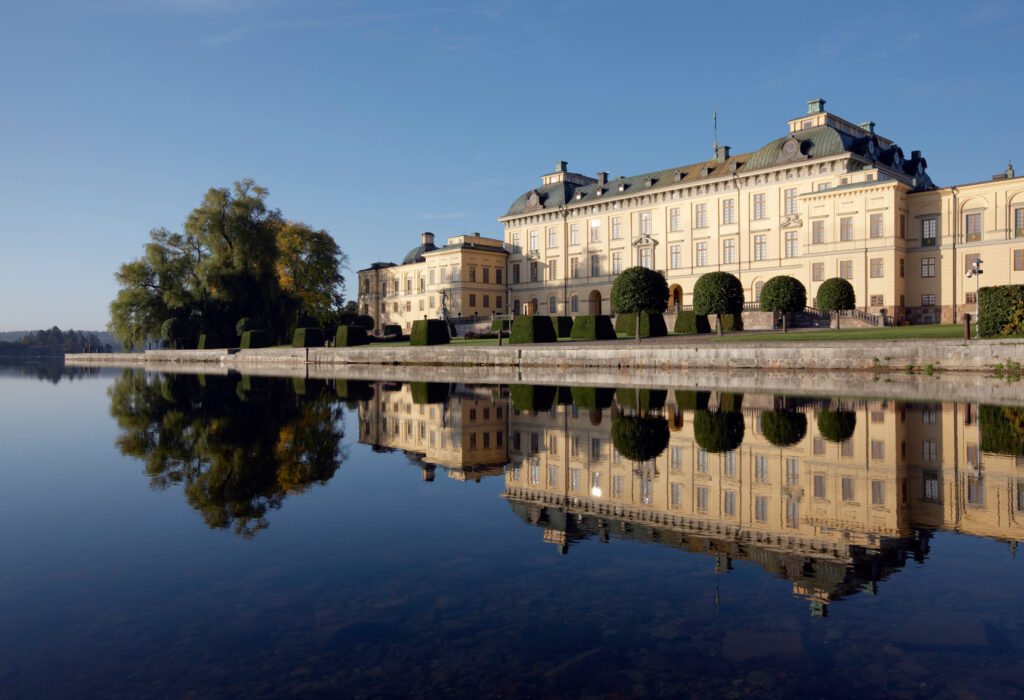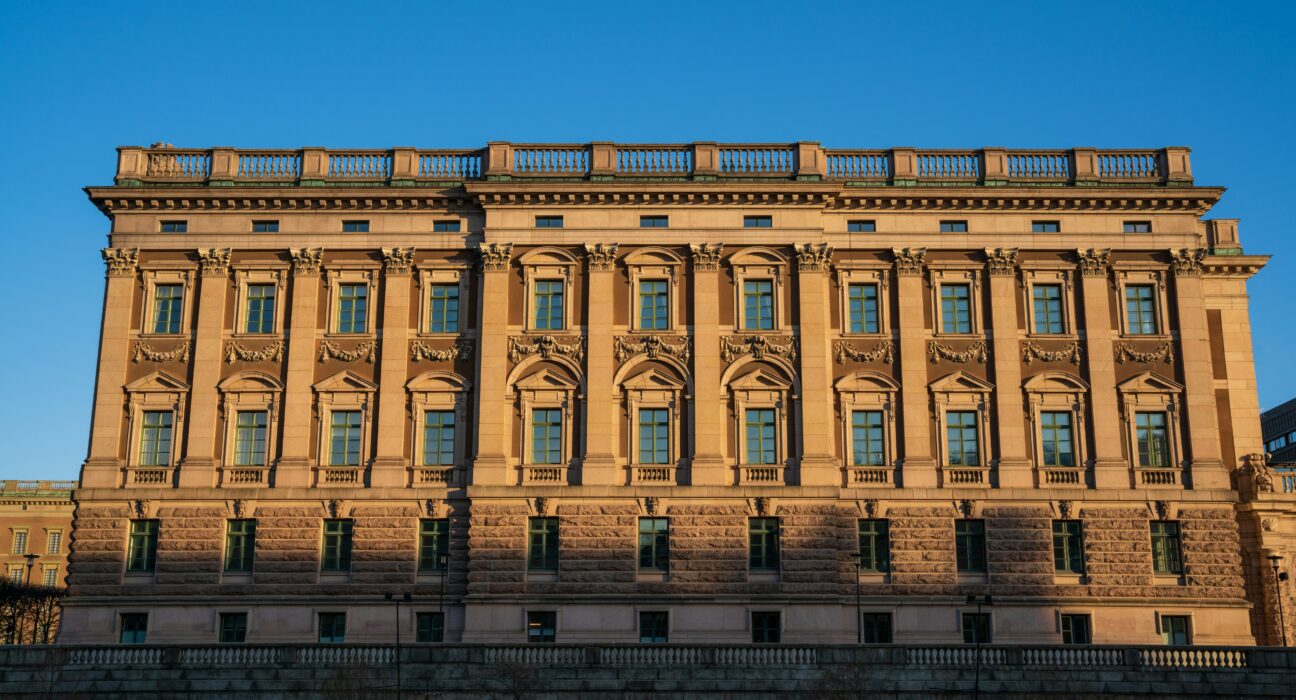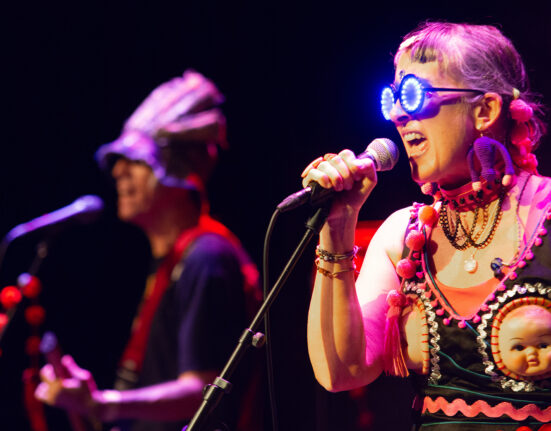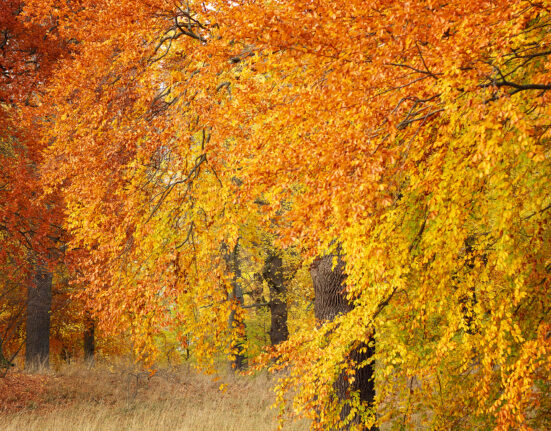Built in the 18th century, Stockholm’s Royal Palace is considered “one of the emblematic buildings of the Baroque era”, according to the Royal Palaces’ official website. Indeed, the palace was designed by Baroque architect, Nicodemus Tessin the Younger, who created an innovative architectural style called “Tessin Gold Baroque”. Tessin was heavily influenced by elaborate and ornate contemporary French and Italian architecture and mixed this with the fundamentals of Baroque design like symmetry and detailed embellishments, which was completely new to Sweden at the time. Tessin — along with his father, Nicodemus Tessin the Elder — also built the equally-beautiful and baroque Royal Drottningholm Palace in the 1600s. Both these two royal buildings are architectural marvels that exude opulence, grandeur, and, of course, Swedish history.
King Karl XI’s Gallery: the epitome of Baroque
“The term Baroque translates roughly as absurd, excessive or unreasonable, and King Karl XI’s magnificent gallery is the epitome of this style”. King Karl XI’s Gallery is the most elaborate room in the Royal Palace, and, in fact, of all the rooms in the entire Swedish late Baroque period. The room — which is essentially a hallway that connects King Gustav III’s State Bedchamber and Sofia Magdalena’s State Bedchamber — is inspired by the famous Hall of Mirrors at Versailles. This is clear from the abundant use of mirrors. As the palace was built before the invention of electricity, mirrors were often used to reflect light and illuminate spaces. And, when the gallery’s chandeliers were also lit at nighttime, the mirrors functioned to reflect this light and create a visually-stunning effect.
When in the room, your eyes also can’t help but be drawn upwards to the gorgeous ceiling paintings and detailing, which were created by Jacques Foucquet and sculptor René Chauveau. One ceiling painting, for instance, is an interpretation of King Karl XI’s 1670’s Scanian War, while others depict classic gods and goddesses from antiquity. Ultimately, this artwork is dedicated to King Karl XI and Queen Ulrika Eleonora.
Possibly the oldest palace in Europe
Notably, the Royal Palace is also arguably the oldest palace in Europe. Its early days date back to at least the tenth century, although it’s unclear exactly what form the building took based on archeological excavations. It was either a wooden stronghold or perhaps a castle. It wasn’t until the original building was destroyed in a fire in 1697 that Tessin was commissioned to build the palace, and turn it into the building we know today. The wider palace itself spans eleven floors in total and over 600 rooms based on the design of a Roman palace. It includes royal apartments, living rooms, a royal chapel, and administrative buildings all within a short distance from each other — as inspired by the layout of the Palace of Versailles.

Drottningholm: Stockholm’s second royal palace
Another remarkable example of Baroque architecture, the Royal Drottningholm Palace on Stockholm’s Lovön island also exhibits similar French Baroque influences throughout its architecture, interiors, and gardens. But, the palace’s unique Nordic säteri roof — an architectural style that became trendy in Sweden in the 17th century — additionally showcases gorgeous Italian Classical design. The palace was constructed in the 17th century, initially by Nicodemus Tessin the Elder as commissioned by Queen Hedvig Eleonora. It’s since become an UNESCO World Heritage Site.
The palace’s grand staircase, in particular, is a highlight of this extravagant building, and, in fact, the most expensive staircase Tessin the Elder ever created. It’s made of marble and adorned with exquisite, large marble sculptures of muses — these were crafted by Flemish sculptor Nicolaes Millich. However, once Tessin the Elder passed away, his son took over the palace construction. As part of this, Tessin the Younger designed the palace’s stunning Baroque gardens. Inspired by the grand and highly-organised palatial gardens found in France at the time, Tessin planted four rows of lime trees to neatly enclose Drottningholm’s gardens. The garden also features twelve small fountains that surround a larger, central Hercules fountain. Interestingly, Tessin also copied the same system the Palace of Versailles used to supply fountains with water in their gardens.
Stockholm’s Royal Palace and the Drottningholm Palace are two truly breath-taking examples of Baroque architecture and design. Open to the public year-round, both these buildings are worth a visit to take in their beauty in person.











1 Comment